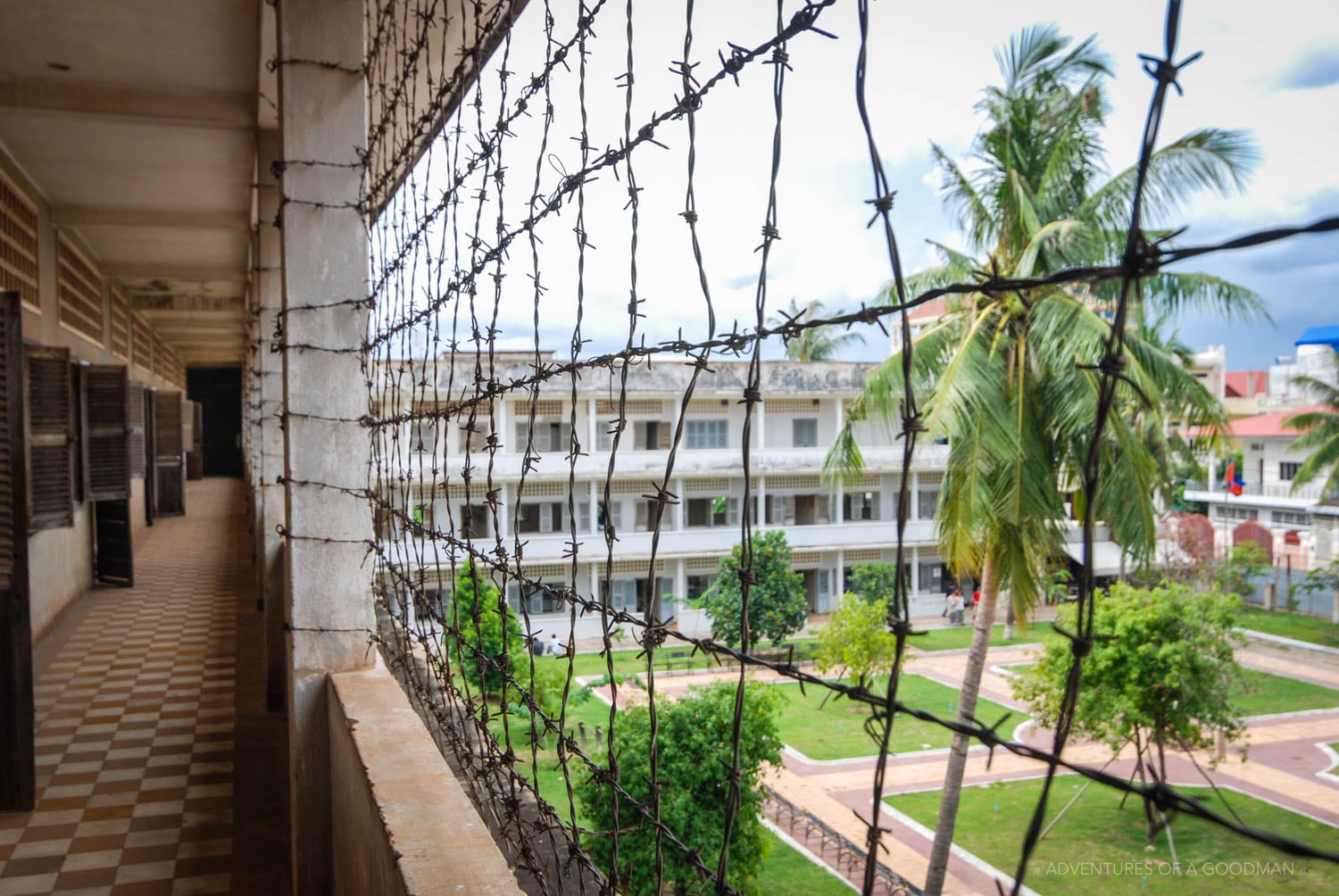Cambodia is Shaped by the Khmer Rouge Genocide of the 1970s
To understand Cambodia today, one must first understand the recent history of the country.
In a nutshell, political instability stemming from the Vietnam war allowed the dictator Pol Pot and his Khmer Rouge army to seize power of the country in 1975. Following the communist beliefs of Mao, Pol Pot was determined to create an agricultural society that had no need for money, education or opposition.
In addition to anyone who actually stood in Pol Pot’s way, such as former government officials, soldiers and other rebels, he also believed that anyone with any sort of education was a threat to his master plan. As such, the Khmer Rouge began the systematic killings of millions of innocent civilians for crimes as small as speaking a second language, being a teacher or wearing glasses. This genocide spread into the fields where the entire Cambodian population was evacuated and forced into slave labor.
Work days were at least 12 grueling hours long and meals were often little more than a few grains of rice. Many died of exhaustion or starvation while countless others were taken away for execution for failure to work hard enough or for not treating some 16 year old hot head soldier with the proper respect. By the time Pol Pot was overthrown in 1979, Pol Pot had wiped out nearly 1/4 of the country’s population and left those who remained to pick up the pieces of their lives.
Even today, 30 years later, the scars of these events are visible all over the country. Nearly half of Cambodia’s population is under the age of 16. Buildings still have bullet holes in them. Retribution trials are in the news on a daily basis. Former members of the Khmer Rouge now have to live side by side with the rest of the population. Plus, landmines…


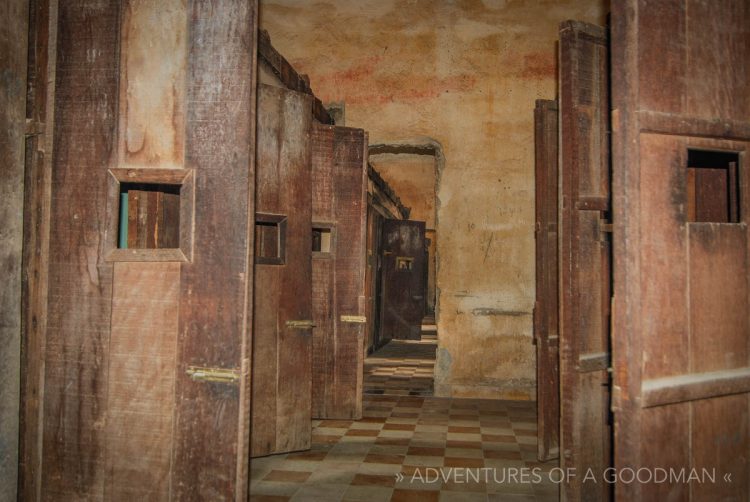
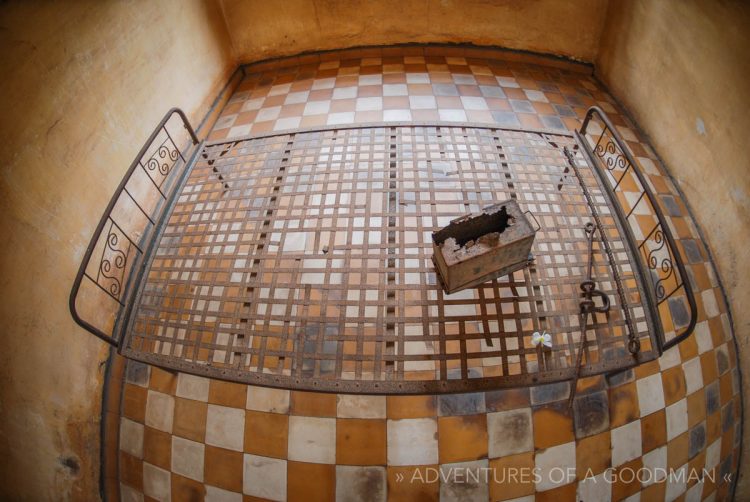
A Landscape of Landmines in Cambodia
One lasting present of both the Khmer Rouge and the war in Vietnam is a countryside filled with unexploded landmines. Deaths and lost limbs as a result of accidentally discovering these devices of war are all-too-frequent occurrences. Signs can be seen everywhere either declaring an area landmine-free or warning that the area is still dangerous.
Limbless beggars on the street often have signs stating that they are victims of landmine explosions and countless others use it as a means to elicit donations. Fortunately, much work is begin done to rid the country of landmines and the number of annual victims falls every year. Hopefully one year soon it will hit zero.
For more on the terrible events of the Khmer Rouge era, check out Wikipedia.
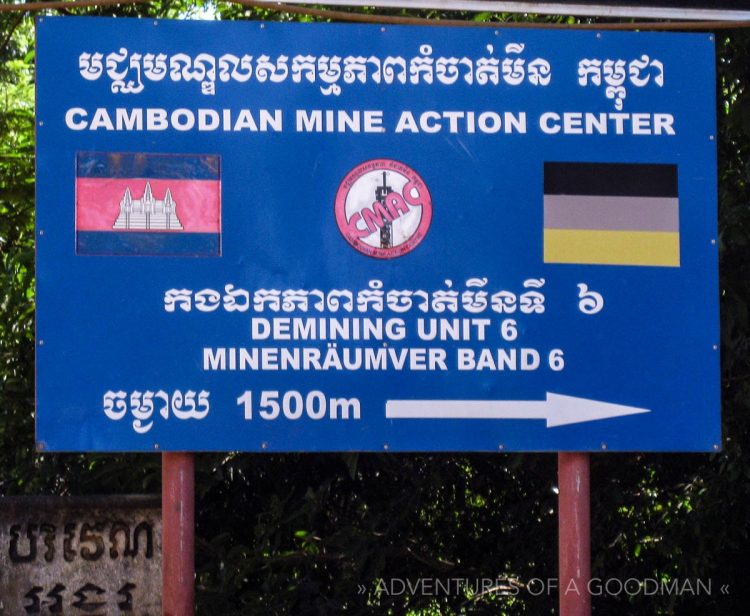
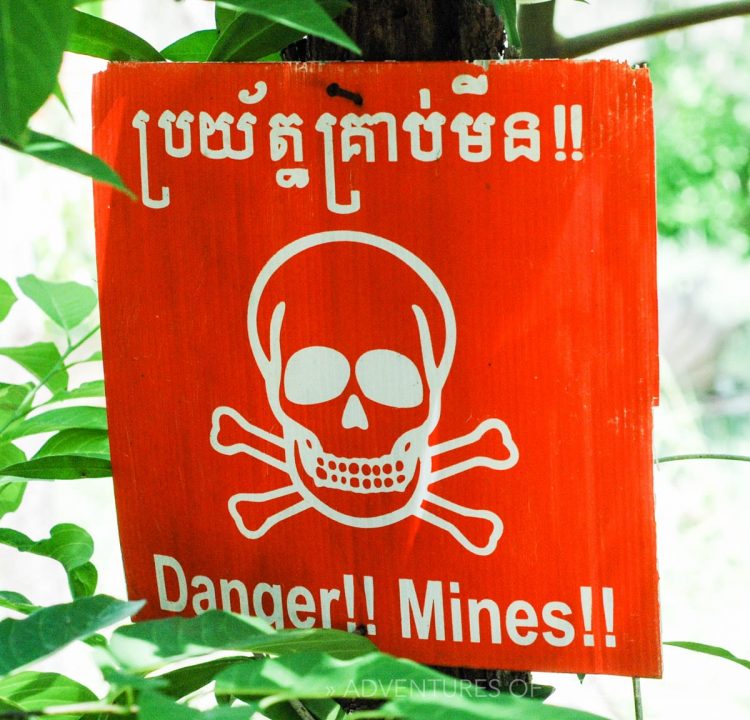
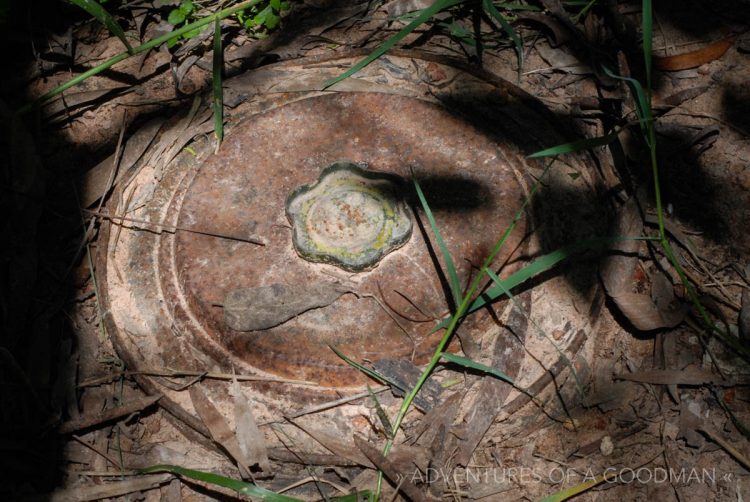
EXPLORE SOMEWHERE NEW
BUY A PRINT
All photos on this site are available as limited edition fine art photographic prints. Please get in touch for sizes and rates.


